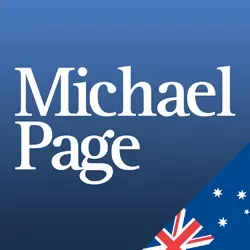A manager’s guide to building a competency framework



A competency framework is more than a fad or a buzzword – it’s an increasingly useful strategy for organisations in all industries around Australia and the world. It’s a way of defining and measuring the collection of skills and attributes each employee needs to succeed in a role and the company as a whole.
These competencies refer to the attributes, skills, knowledge, traits, and experience of an employee. As a framework, this list covers off all the major competencies an employee should ideally possess for each role at each level of a company.
Competency frameworks are useful for a variety of reasons. In the recruitment stage, it can help outline the job description, and then give the interviewer guidance in finding the best candidates for the role.
Within the workplace, it offers new employees a clear roadmap on what is expected of them during their time at the company, and long-time staff members can refer back to the framework to ensure their focus remains on the most important aspects of their roles.
Additionally, managers and HR professionals can use the framework when dealing with employee issues by identifying areas for improvement.
Frameworks will differ from one company to another, however, a large portion of competency frameworks often include similar requirements. To develop your own, begin by looking at competency framework examples to get a feel for how they are structured, then adapt this style to your own organisation and the needs of the specific roles within it.
For example, a competency framework template will typically include:
● Communication and personal skills: This area covers an employee’s ability to deal with coworkers, managers, clients, and business-to-business relationships. It can include specific attributes such as success in negotiation, listening, and compromise.
● Self-management skills: This area includes attributes that relate to an employee’s time management, awareness of weaknesses, drive to improve, ability to ask for help, appropriate dress, and similar skills.
● Deliverable skills: Competencies in this area include analytical thinking, the ability to manage resources, hitting targets, and a focus on achievement. These can be as specific or general as the role requires.
● Role-specific skills: Most roles will require some level of experience or training specific to the task. Talk to current and previous employees and colleagues to determine an appropriate list for your framework.
These general competency areas are by no means a set list, as your organisation and field may require additional, altered, or completely different attributes. Pinning them down may take looking at past and current role ads, talking to existing employees, and adjusting your framework as you learn more about this strategy.
In fact, a great competency framework model should grow as your company and the roles within it evolve to continue staying ahead of competitors and at the forefront of the market.
Want more management advice to help lead your team to success? Check out our management advice section.
If you are an employer and would like to discuss your hiring needs, fill in the form below and we will call you back.
